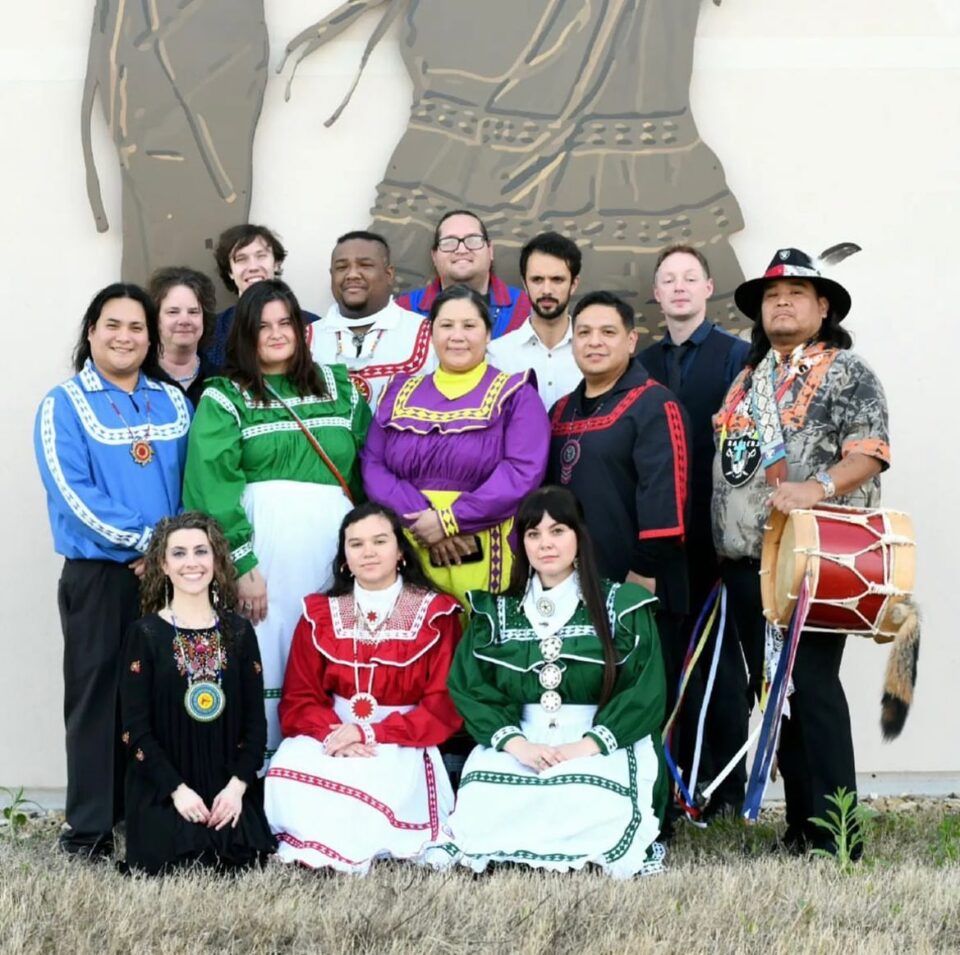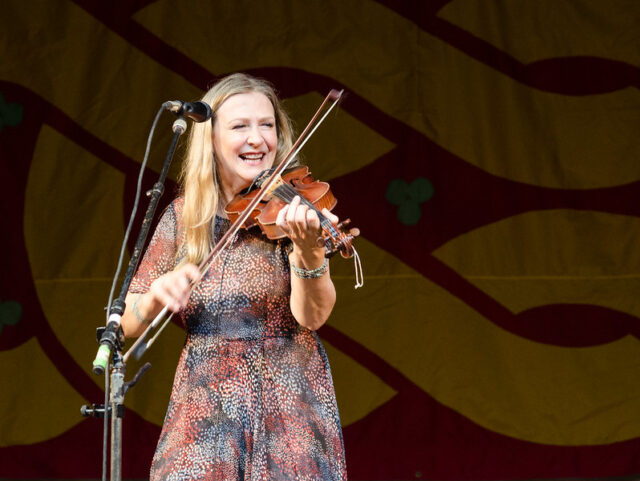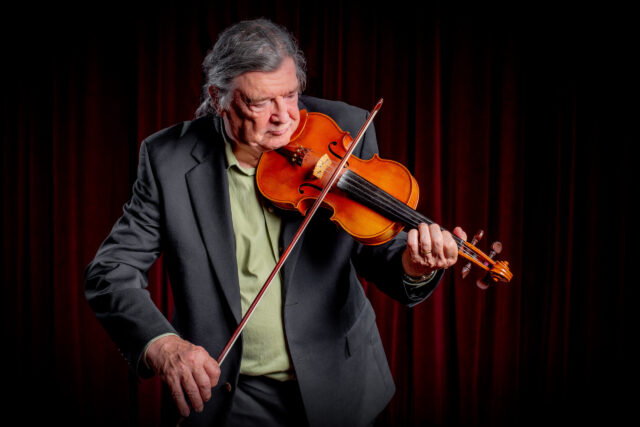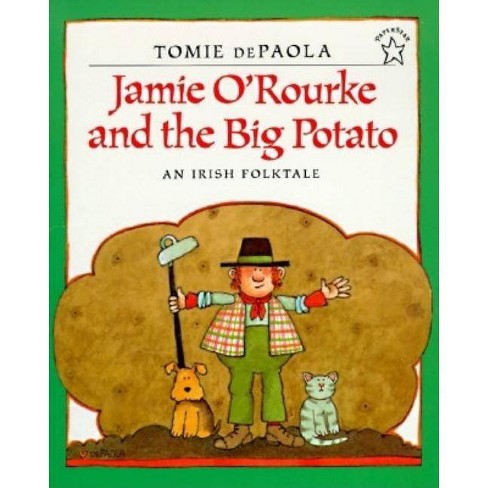Photo of RUNA with members of the Choctaw Nation by Brad Joe
In 1847, members of the Choctaw Nation, who had lost one-sixth of their population in the forced resettlement known as the Trail of Tears only a decade before, did a remarkable thing. It was an act of kindness that would reverberate throughout 175 years of history and create a permanent friendship between two cultures an ocean apart.
Members of the indigenous tribe met in Skullyville, OK, then the capital of the Choctaw Nation, where they regularly collected their annuity payment from the US government. The Choctaws had heard about the starving people of Ireland. Called “Black 47,” the year 1847 is considered the worst year of An Gorta mor, or “the great hunger,” which eventually killed more than 1 million Irish men, women, and children who were dependent for sustenance on the potato crop which was decimated for years by blight.
Moved by their plight, the Choctaws took up a collection to send to Irish relief agencies. They pooled together $170, roughly equivalent to $5,000 in today’s currency, an unexpected but generous gift that is credited with saving thousands of Irish lives.
Forward more than 100 years: In 2019, members of the internationally acclaimed American-Celtic roots supergroup RUNA—which will be on stage on Friday, April 21, at the Irish Center in Philadelphia—met by happenstance with a booking agent from the Tulsa Irish Festival at a conference in Pittsburgh.
“He told us that the festival often invited Choctaw musicians, artists, and dancers, to perform in part because of the relationship. We knew about the 1847 gift but we didn’t know any of the details,” says Shannon Lambert-Ryan, a Philadelphia native who, with her Dublin-born husband Fionan de Barra and Canadian percussionist Cheryl Prasker, founded RUNA almost 15 years ago.
“He said he had always wanted to hear Irish band come up with song about this gift. We joked, ‘We’re your band,’ but then one thing led to another and we realized we weren’t joking. We really wanted to do something,” says Lambert-Ryan. “Then we thought that just one song wouldn’t suffice.”
Her initial research into the 1847 event sent her to everything from history books to current articles. The articles were helpful: She learned that the Irish people never forgot the Choctaw’s gesture.
There is a monument in Bailick Park in Country Cork that acknowledges the Choctaw’s gift. Called “Kindred Spirits,” the sculpture by Alex Pentak features nine giant stainless steel feathers shaped into an empty bowl. In 1990, Choctaw leaders took part in the first annual Famine Walk in Doolough, County Mayo, a poignant mirror of the Native American’s own forced journey from their homeland. Two years later, Irish leaders walked the 500 mile length of the Trail of Tears. In 1995, Irish President Mary McAleese visited the Choctaws to personally thank them for their generosity.
Current Taoiseach Leo Varadkar made headlines when he visited the Choctaw nation in 2018, a year after the establishment of the Choctaw-Ireland Scholarships by the Irish government which provides tuition and expenses for a full year of post-baccalaureate study at the University College Cork for two Choctaw Nation of Oklahoma students every year.
But the history books weren’t as illuminating, largely because they left much of the story untold. Half of it, in fact: the Choctaws’ side.
“So often when researching trad music or anything in history you have to go with something that’s not a first hand account,” says Lambert-Ryan. “Since we were heading south for a tour we thought, why don’t we just get in touch the Choctaws and see if they’re willing to share with us. So we called, told them we would be nearby and asked if we could stop for a day or two. They said yes.”
Expecting to meet with a few tribal elders and historians, they were stunned to be greeted by more than 100 people “playing traditional music for us as we walked through the door.”
The experience was “completely overwhelming,” recalls Lambert-Ryan. “The word ‘spiritual’ is overused but it was spiritual, magical, intangible and yet so real at the same time. It was a really remarkable once-in-a-lifetime experience.”
The two groups discovered they had much in common and the Choctaw were open to participating in a musical project though it was little more than a fuzzy concept at the time. But before it could become more material, the pandemic hit.
“We were supposed to see them again in a couple of months, but it took almost three years,” says Lambert-Ryan. “We’d all been working on music individually and sharing some of it with them, but to make it truly collaborative we needed to work together. It’s one thing to collaborate with other musicians, it’s another to collaborate with a sovereign nation. We want to be respectful of both cultures. Here is a group of people who don’t need the story told for them. It isn’t just our story to tell. We don’t want just our version to be told. We want our voices together to be sharing that story and the music.”
That effort took a major leap this part March, when RUNA returned to Oklahoma, to the newly constructed Choctaw Cultural Center in Calera. They planned a concert but leading up to it were days of immersion in Choctaw culture—and, for the Choctaw, a taste of Irish culture.
“We took a three-hour trip to different historic and sacred places around the state—the Trail of Tears, the different burial grounds. And they shared personal family stories and histories,” says Lambert-Ryan. “Suddenly history is not removed, it’s something immediate and visceral. We were saddened that we weren’t surprised about the atrocities that occurred. It became tangible: It’s your family, your friend. It’s happening to you.”
They also found common ground. The Irish and the Choctaws really are kindred spirits. “There are real similarities between the two cultures. They both experienced forced removal and forced migration and water was not only a life source bu the vehicle of removal for both people,” says Lambert-Ryan.
For the Irish, it was the ships that took them across an ocean to a new land; for the Choctaw, steamboats that carried them up the Mississippi and its five tributaries as far as the boats could travel. Thousands of Irish and Choctaw didn’t survive the trip.
Because of that, “both cultures have a sense of resilience. For them, the biggest act of defiance is simply to survive. Both have done that and continue to thrive. It has to do with constitution, heart and soul, through music, dance, and education, which both cultures value highly,” says Lambert-Ryan.
And there’s food. Lambert-Ryan is an avid baker and does an occasional YouTube/Facebook episode of her pandemic-born show, “Baking with Babies,” with her 5-year-old son, Liam. During the group’s last visit to the Choctaw Nation, which took on all the elements of an Irish-Choctaw festival with games, dancing, art exhibits as well as music, she and Liam made shortbread and enjoyed Indian frybread, the Native American version of that county fair staple, fried dough.
“We’ve seen videos of one woman chef, Tanya Nicholas, doing workshops on fry bread and one day we were eating lunch and Liam said, ‘Look, that’s Chef Tanya,’” recalls Lambert-Ryan. “She came over to see us and we were thrilled. We told her, ‘You’re like our celebrity chef.’” She sent them home with box of fry bread turnovers and tubs of cinnamon and sugar, all packed in ice.
The March trip restarted the momentum and excitement the pandemic took away. A collaborative music project is once again on the table. Closest to be finished is a lullaby that the two groups have translated into both Irish and Choctaw.
A lullaby is the perfect first step, Lambert-Ryan points out. It not only symbolizes a fundamental link between the Irish and Choctaw cultures, but between all cultures. “Aren’t we all just human beings rocking a little kiddo to sleep?” Lambert-Ryan says with a soft chuckle.
Any songs they create together will be in three languages—Choctaw, Irish, and English. “We knew this was important because both cultures have work so hard to bring their own languages back,” she says.
Ultimately, she says, “we’d love to have a recorded project to end up on an album. If it can include some educational pieces too, that would be remarkable. If all of us had our way we’d perform together, down there or at some shows on the road. We all want to do something in Ireland at the Choctaw memorial. We don’t know when or how it’s going to happen, but from the get-go we’ve just been willing it to happen until it can’t.
“All I know,” says Lambert-Ryan,” is that, and I speak for everybody involved, we feel lucky to be part of this whatever comes of it.”
The 175-year friendship inspired by a gift has become a gift itself. And so much more. “We arrived as guest and left as family,” she says. “And they told us they feel the same.
You’ll hear more about RUNA’s relationship with the Choctaw when the band, including Tom Fitzgerald (mandolin and vocals) and Maggie Estes (fiddle) perform at the Irish Center on Friday, April 21. (Fiddlers Shane Cook of Canada and Jake James of New York also are part of the group when their schedules allow.) Tickets are still available at www.philadelphiaceiligroup.org
.




